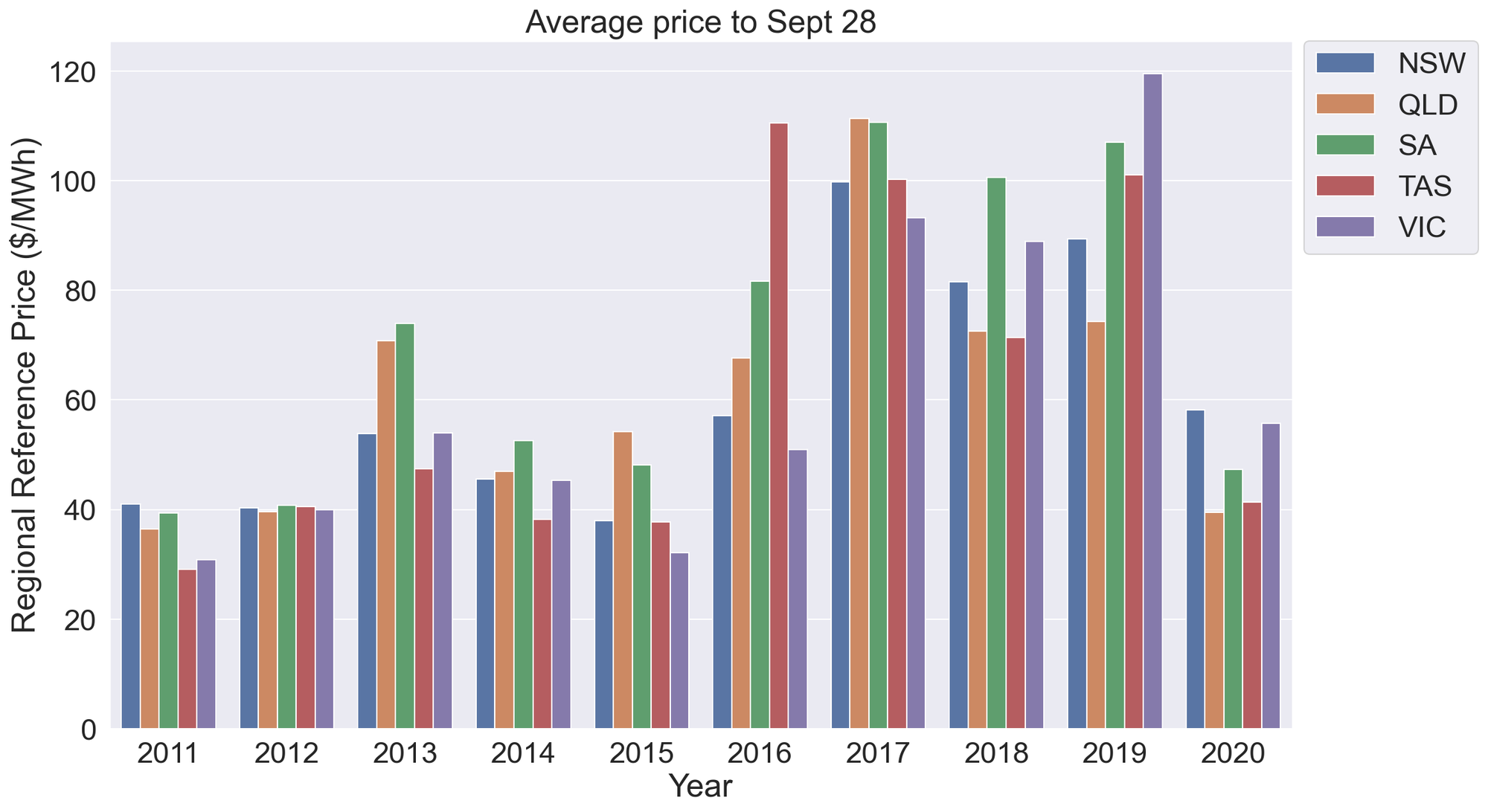Exploring Electricity Consumption Data
 Image credit: Rodolfo Clix
Image credit: Rodolfo Clix
The COVID-19 pandemic has changed our understanding of uncertainty and what exactly normal is. We have seen economies free fall, toilet paper being hoarded, and unprecedented amounts of data made publicly available. To say that pivot has emerged as a buzzword is an understatement. How then should we decide which direction to pivot in? Let us see what we can learn from the data.
This weekly blog will deliver insights into:
- The observed changes in electricity consumption during the pandemic.
- What impact changed habits have on forecasting capability.
- The value to be gained.
As a starting point we will profile the typical weekday and weekend electricity consumption and reference price for Victorian’s during the current stage 4 restrictions. To gain further insight into the potential impact stage 4 restrictions have on electricity consumption and price, we will make comparisons for the same time period last year in Victoria and similarly New South Wales, a state which is not currently under stage 4 restrictions.
Victorian Electricity consumption profiles during stage 4 restrictions
Fluctuations in Electricity consumption are predominantly influenced by human behaviour and the consumption for heating and cooling. Typically, when comparing electricity consumption across years and seasons, consumption data is normalized by the weather. It is not pragmatic to normalise the 30 min electricity consumption data, made available through AEMO, by the daily temperature observations made available through the BoM. Consequently, we will compare electricity consumption data without factoring in heating and cooling requirements.

Key takeaway messages from reviewing Victorian electricity consumption data include:
- Our weekends are looking less regular.
- Midday consumption is flatter on weekends.
- Weekend electricity consumption shows more variation, particularly during stage 4 restrictions between 7 AM and 3PM.
New South Wales electricity consumption profiles during Victoria’s stage 4 restrictions
Naturally, I was then curious to compare the Victorian electricity consumption profiles to those found in a state which does not currently have stage 4 restrictions in place. Let’s look at the neighbouring state of NSW.

Key takeaway messages from reviewing NSW electricity consumption data include:
- There are less changes in midday consumption on the weekends.
- Less restrictions in NSW may be associated with more consistency in electricity consumption.
- Aggregated electricity consumption across NSW and Victoria has not significantly changed. This was not expected. It is quite possible that increases in residential consumption are offsetting decreases in commercial consumption. It would be great to get access to this data!
Victorian electricity price profiles during Victoria’s stage 4 restrictions
If you are like me and ask, “if residential electricity consumption has increased then will my electricity bill be through the roof?” The answer is it depends. The key variables are the electricity tariffs you pay (explore the Victorian energy compare website for more information) and the regional reference price (RRP) which reflects the price to supply electricity to a region.

Key takeaway messages from reviewing Victorian RRP data include:
- There has been a significant shift in RRP since last year.
- There is no longer a morning peak in RRP.
- There are currently less fluctuations in RRP throughout the day.
New South Wales electricity price profiles during Victoria’s stage 4 restrictions
Again, we should compare this to New South Wales to see if the trend is specific to Victoria.

After reviewing the NSW RRP data, it is clear that the decline in RRP is not specific to Victoria.
How Australia’s Regional Reference Prices have changed over the years
The next step is to compare the average RRP for electricity in each state for each year to the current date of analysis.

The key takeaway messages from reviewing state by state RRP include:
- RRP is at a 5-year low.
- Electricity RRP is heavily influenced by LNG which is in turn influenced by the price of oil. For the interested reader please refer here for more information.
- COVID-19 is not the only reason electricity prices are at 5 year low, there are a number of other important factors to consider.
Summary
When compared to this time last year, weekend electricity consumption under the current restrictions is less regular for Victoria. COVID-19, among other factors, has driven the regional reference price for electricity to a 5-year low.
2020 has been a year of uncertainty and the need for good quality forecasts has increased. Prior to making any predictions about the future it is imperative that the data is explored and key drivers for change are understood. Even then, unprecedented changes make forecasting even more difficult.